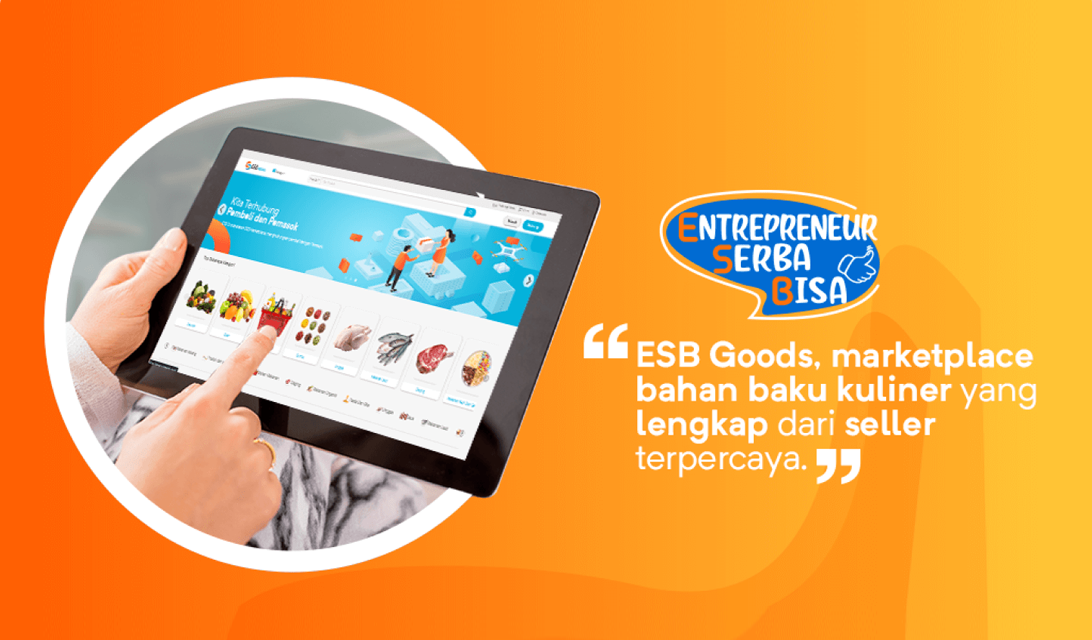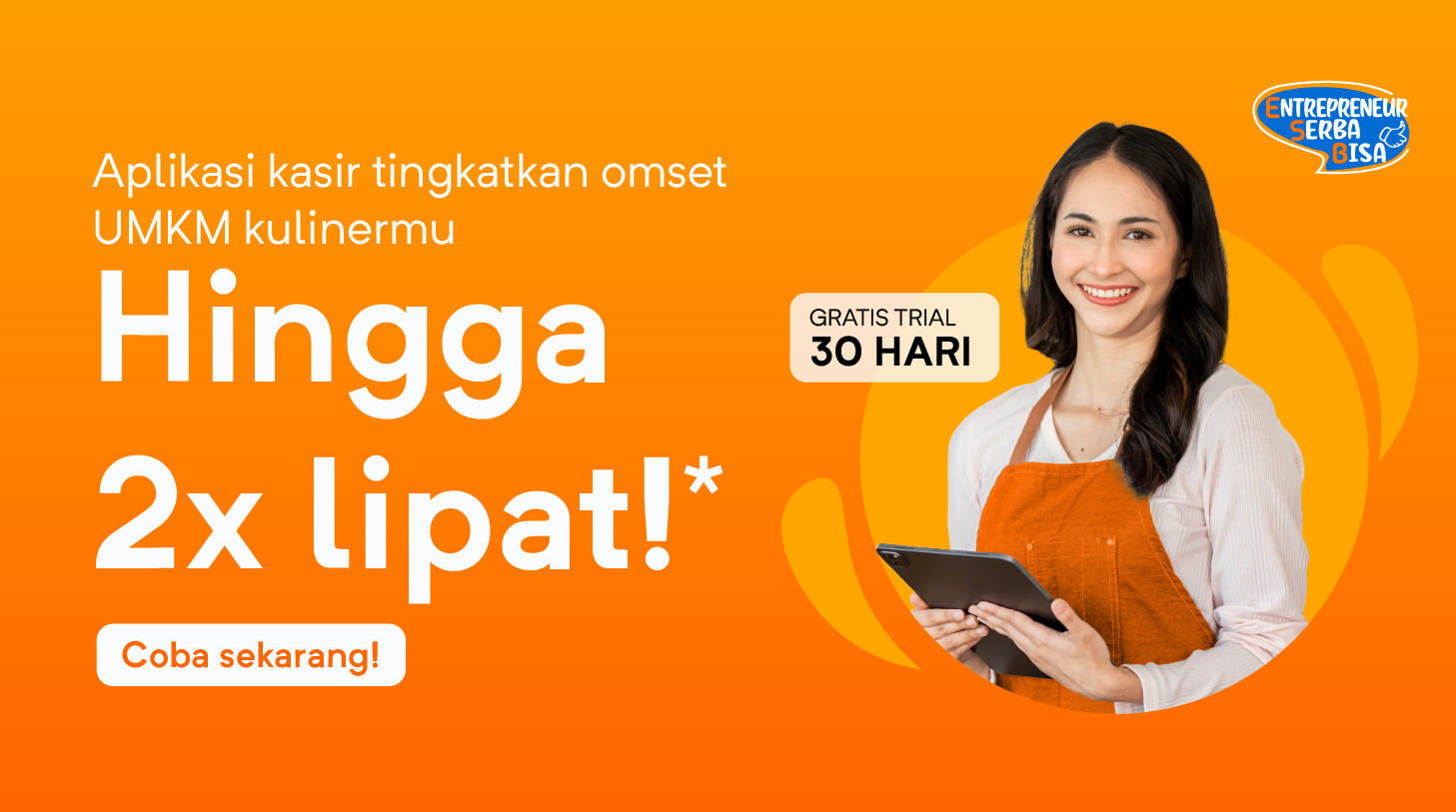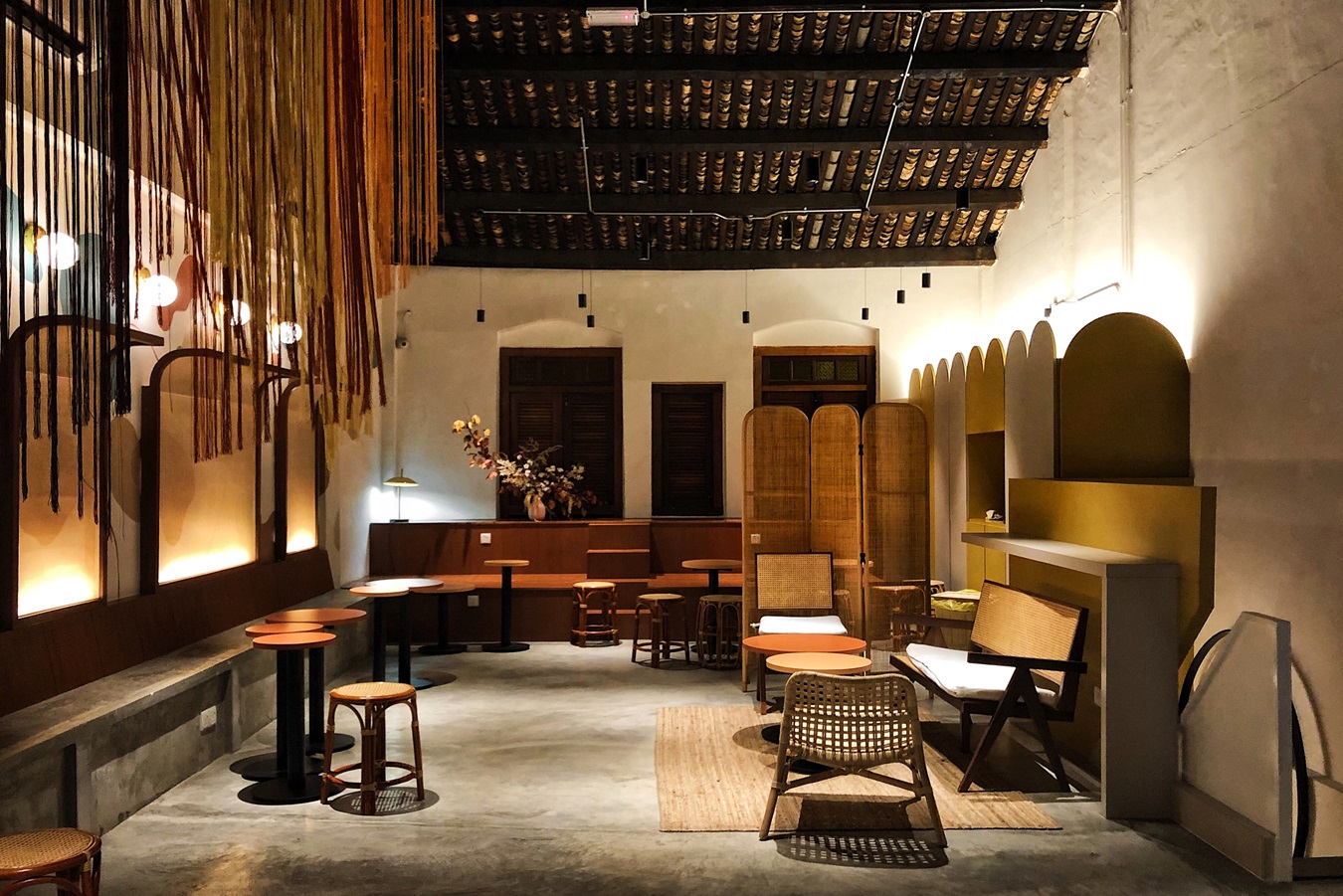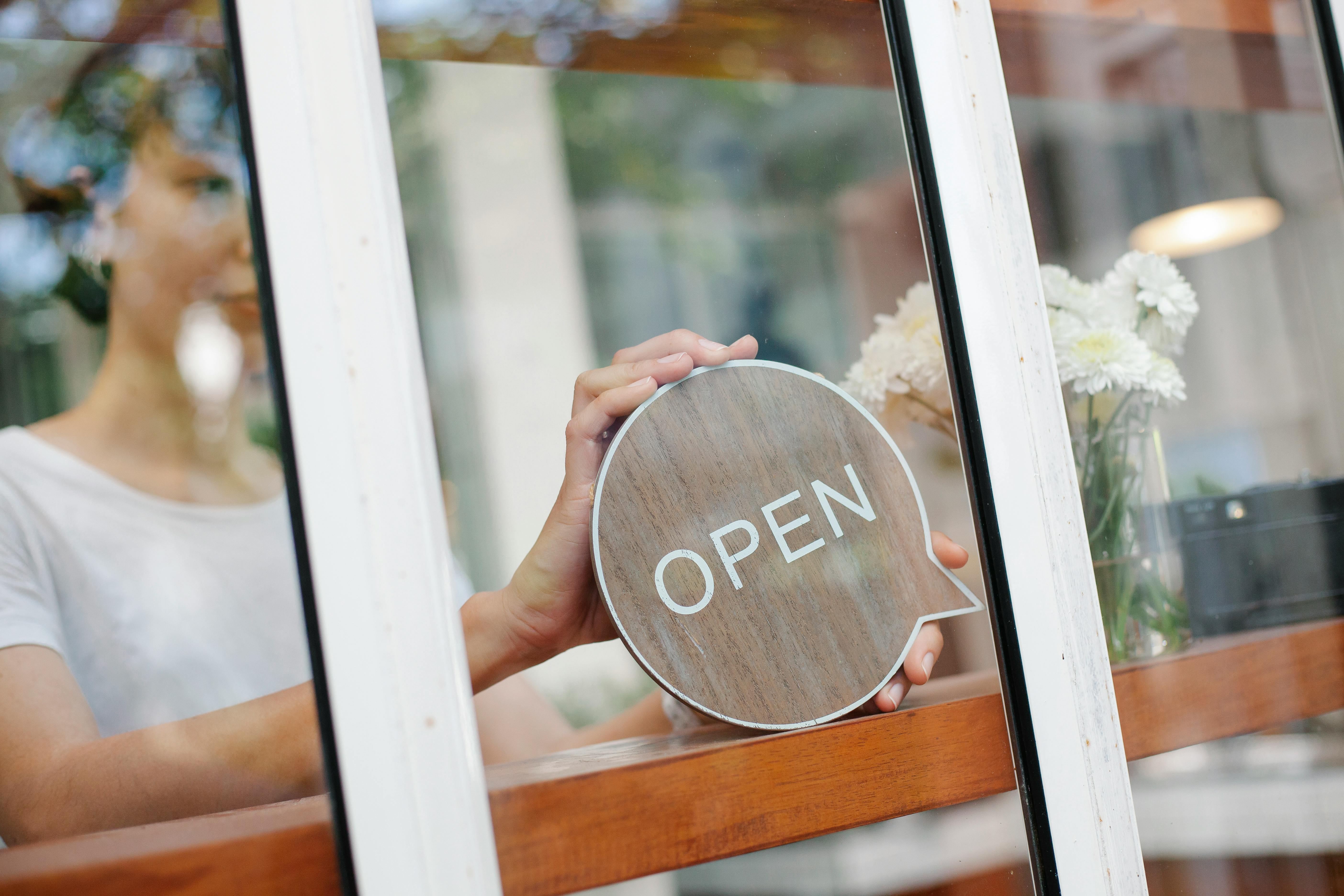 SHARE
SHARE
Set Prices Carelessly and You Can Lose Money! 9 Menu Pricing Strategies that Make Your F&B Business More Profitable
Febbi S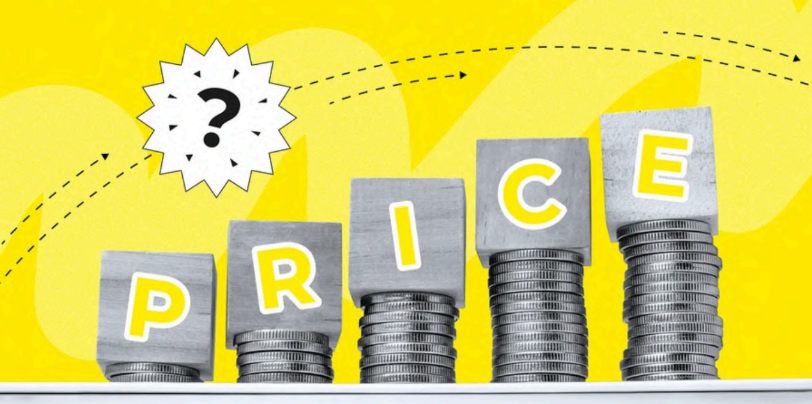
Imagine you’ve just opened a restaurant. You sell chicken rice for Rp20,000 and iced tea for Rp5,000.
Is it more profitable to sell them separately, or bundle them into a value meal at Rp25,000?
Or you offer coffee in small size at Rp15,000 and large at Rp25,000.
If you add a medium at Rp23,000, which one will customers choose?
Simple questions like these are a key part of pricing strategy—the art of setting prices that not only keep your business running, but also help it grow and deliver optimal profit.
Understanding Pricing Strategy & Its Core Concepts
Before we dive into the 9 strategies, let’s align on the pricing foundations:
1. Price as Part of the Marketing Mix
According to Philip Kotler, price is the only element in the marketing mix that generates revenue.
Product, distribution, and promotion incur costs. In other words, price is the quickest lever to adjust profit.
2. Price = Brand Image
Price reflects your brand’s market position.
- Premium: Starbucks sells coffee at 3–4× the price of a warkop (street-side coffee stall) because it sells not just taste, but a lifestyle.
- Affordable: Indomie maintains low prices and has become a symbol of affordability.
3. Price Affects Profit
According to Harvard Business Review, increasing price by just 1% can lift profit by more than 11% (assuming sales volume remains stable).
This shows pricing often has a greater impact than large-scale promotions.
4. The Three Pillars of Pricing Strategy
- Cost: The foundation you must cover
- Competitor: A benchmark for comparison
- Value: Determines how much consumers are willing to pay.
With these basics, F&B owners can see price is not merely “cheap vs. expensive,” but tied to brand positioning, delivered value, and business sustainability.
9 Pricing Strategies for F&B
Source: Foodizz
To make it concrete, here’s how local and global F&B brands practice nine pricing strategies:
1. Competition-Based Pricing – Kopi Kenangan vs. Janji Jiwa
When milk-coffee trended, both priced at Rp18,000–22,000.
Why not Rp30,000 like Starbucks? They target urban middle class.
Pricing below premium competitors speeds market acceptance—but still requires differentiation (e.g., Kopi Kenangan’s loyalty app).
2. Cost-Plus Pricing – Central Kitchen in Bandung
Source: Oroinc.com
A production kitchen makes frozen katsu at Rp28,000 per pack, adds a 40% margin, and sells to café partners at Rp39,000.
Transparent and negotiable—great for B2B; for B2C, align with purchasing power.
3. Penetration Pricing – New Boba Brand
Entering a saturated market, a Jakarta boba shop sells all menu items at Rp10,000 for the first week.
Result: long lines and viral buzz. After a month, prices rise to Rp18,000–20,000 while traffic stays high.
Effective for awareness—must include a clear plan to raise prices to healthy margins.
4. Bundling Pricing – McDonald’s Value Meals
Source: Foodizz
Burger + fries + soda at a lower price than buying separately.
Customers feel more value; McD boosts average per check.
Bundling isn’t just “cheap”—it nudges larger baskets per transaction.
Baca juga: Mispricing Can Cost You Money! Know the 4 Key Factors in Setting Your Restaurant Menu Prices
5. Loss Leader Pricing – Kedai Kopi Independen
A new Jakarta café sells milk coffee at Rp5,000 for the first 50 buyers.
Though it loses money on the coffee, it upsells pastries at Rp20,000 to cover losses.
Must pair with upselling/cross-selling; otherwise it’s just “burning cash.”
6. Price Tier Strategy – Janji Jiwa di Jakarta & Jogja
Prices vary by city: Rp24,000 in Jakarta, Rp19,000 in Jogja, reflecting local purchasing power and operating costs.
Customers stay satisfied as long as quality and experience are consistent—margins stay healthy without losing price-sensitive markets.
7. Optional Pricing Strategy – Shabu All You Can Eat
Three packages: Regular Rp150,000, Premium Rp200,000, Wagyu Rp300,000.
Many choose Premium—the small step up from Regular feels worth the extra value.
Options give customers control while gently encouraging upgrades.
8. Product Line Pricing – Starbucks Seasonal Menu
Regular coffee at Rp30,000; seasonal lattes up to Rp50,000.
Same base product (coffee), but exclusivity and limited editions justify higher willingness to pay—reaching mid to premium segments.
9. Psychological Pricing – Online Coffee on Marketplaces
Some GoFood coffee shops set Rp9,999 instead of Rp10,000.
Customers perceive “under ten thousand” as cheaper—despite a Rp1 difference.
Simple tactics—charm pricing, decoy effect—boost conversion without heavy discounts.
Takeaway
Dari teori hingga studi kasus, kita bisa simpulkan:
- Bundling & optional pricing effectively increase basket size/AOV
- Penetration & loss leader work for launches—set time limits and a plan to raise prices
- Psychological pricing is a subtle “conversion booster.”
- Location-based tiering protects margins while serving price-sensitive markets.
Baca juga: Busy Restaurant, Thin Profit? Unpack 11 Fatal Pricing Mistakes That Make Your Restaurant Lose Money
FAQ: F&B Pricing Strategy
1. Do prices have to be the same across outlets?
No. With a price-tier strategy, prices can vary by local purchasing power, as long as quality stays consistent.
2. What’s the difference between bundling and loss leader pricing?
- Bundling: combine multiple items into a value pack.
- Loss leader: sell one item below cost to drive traffic, then recover margin via upsell/cross-sell.
3. How long should penetration pricing last?
Typically 1–6 months at launch. After awareness builds, raise prices gradually.
4. Risks of discounting too often?
Customers become “promo-dependent,” buy only during discounts, brand value erodes, margins thin.
5. How to set a safe price for small businesses?
Start from COGS, add a 20–40% margin, then calibrate to local purchasing power and competitor prices.
Conclusion
Setting the right price isn’t easy. But with clear strategies, clean data, and experienced guidance, decisions become faster and more accurate.
You can learn how to apply these strategies directly to your F&B business with mentors in Foodizz programs—from Offline Classes for Beginners, Online Classes for Beginners, to Offline Marketing & Sales Classes for F&B.
 SHARE
SHARE
